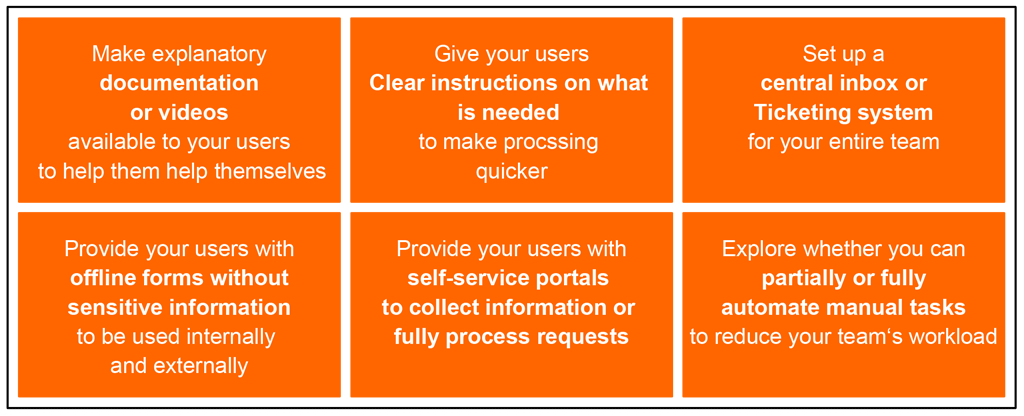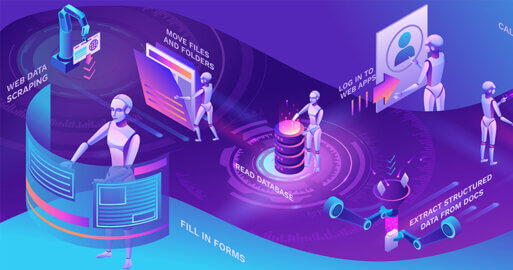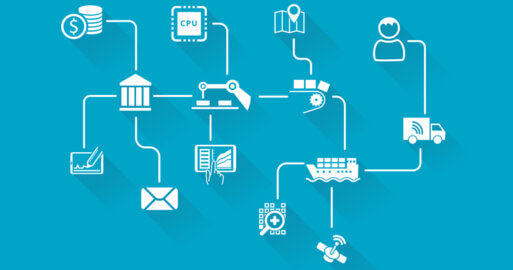Strategies for a more efficient Business Integration Team

The central IT Business Integration Team is the single point of contact for all topics around Business Integration and even technical integration. You are operating the technical “Data Hub” (Integration Platform), on the other hand you are organizational “Information Hub” for your own business departments as well as for the majority of the connected business partners.
Every day, various incidents and requests around day-to-day business and routine tasks, know how transfer, training requirements, conception, consulting, but even concrete realization, come in.
These interfaces enable technical communication between systems or business partners as well as they have to cover satisfaction of internal and external customers, increase of efficiency or fulfil legal demand.
Establish clear structures
Such a mix of topics usually contains structurable as well as non-structurable requests. Regardless of or especially because of high utilization of the Business Integration Team target must be, to let all structurable or repetitive requests follow a clear procedure.
For structurable requests the following methods could help to optimize workflows:

What are the advantages?
- Documentations or videos can explain procedures or the handling of applications, what can completely avoid or at least reduce requests.
- Clear guidelines on required information, like parameter sheet or certificates for requesting a new AS2 or OFTP2 connection, can avoid internal as well as external questions and reduce duration of processing significantly.
- A central mail address, or even better, a ticketing system, can help you keep track of requests, even if a staff member is absent and communicate their status at any time. Furthermore, this can act as a central knowledgebase, making it quicker and easier to respond to future repetitive requests.
- Offline forms not containing sensitive information, for example for detailed request of parameters for setting up an SFTP connection, can make it easier for users to completely provide the required information especially when coordinating with external partners. This also enables them to be more specific when formulating a request.
- Self-Services to gather information as prerequisite for manual processing can reduce errors in requests and reduce processing time drastically. Providing Self-Services for full processing of requests can avoid a manual handling by the Business Integration Team even completely.
- Partially or fully automation of manual tasks can reduce your team’s workload and free up resources for manual handling of non-structurable requests.
Once requests start coming in from different regions and time zones, needing responses in different languages, clear structures become indispensable. A multi-day game of e-mail ping-pong doesn’t help anybody, and only gives the central Business Integration Team a bad reputation.
Conclusion
Structuring, standardising or even automation are important methods to make the workload manageable. Furthermore, these methods help to speed up implementation, and even to reduce errors.
It’s really the only way to keep the ever growing spectrum of Business Integration Services under control.
Thank you for your message
We appreciate your interest in SEEBURGER
Get in contact with us:
Please enter details about your project in the message section so we can direct your inquiry to the right consultant.
Written by: Oliver Rupprecht
Oliver Rupprecht works for OSRAM since 1995 and deals with Business Integration and the digital change since 2001. He is responsible for the global integration platform at ams OSRAM and supports on consulting, conception and realization of integration demands.





